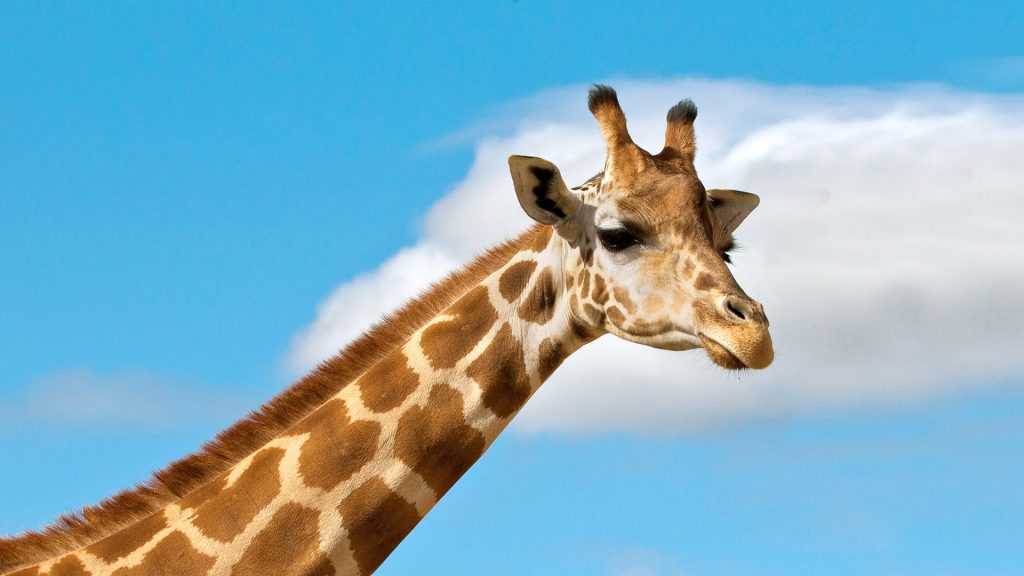Gandhinagar: A century ago, more than one million giraffe used to roam across sub-Saharan Africa. But these gentle giants are now extinct in at least seven countries with only 100,000 left in fragmented populations across the continent, wildlife experts warned Thursday.
Their decline by 40 per cent over the past 30 years means that giraffes are now listed as ‘Vulnerable’ on the IUCN Red List.
Two-subspecies — Nubian and Kordofan giraffe — are listed as ”Critically Endangered” and two others — reticulated and Masai giraffe — as ‘Endangered’.
In a bid to halt this decline, priority conservation measures have been submitted to the ongoing Convention on the Conservation on Migratory Species of Wild Animals (CMS) by Cameroon, Chad, Ethiopia, Kenya, the United Republic of Tanzania and Zimbabwe.
CMS is the only UN treaty that addresses migratory species and their habitats.
Delegates at the ongoing 13th meeting of the CMS COP13, which India is hosting for the first time, in Gandhinagar will also consider the need for guidance and implementation tools to mitigate the impacts of linear infrastructure on migratory species.
This iconic six-metre-tall herbivore used to roam 28 African countries and is now extinct in at least seven: Burkina Faso, Eritrea, Guinea, Mali, Mauritania, Nigeria and Senegal.
Infrastructure developments like roads, railways, powerlines, and pipelines have created barriers to migration, fragmenting giraffe populations and their habitats.
Habitat loss and degradation have also been fuelled by wildfire, livestock incursions and illegal encroachment by humans.
Poaching, snaring and trade for bushmeat, skins, tails and traditional medicine have further put the giraffe’s survival in doubt.
Diseases, civil unrest, climate change, human population growth, lack of law enforcement, and lack of awareness of giraffe conservation exacerbate these threats.
To protect giraffes, range states and experts are calling for Africa-wide collaboration and conservation strategies.
The CMS Concerted Action for the Giraffe includes the development of an Africa-wide giraffe conservation strategy to complement national ones.
The concerted action proposes more transboundary coordination and collaboration across countries to improve information exchange and monitor trends of giraffe populations.
An online international giraffe database will be developed to help improve the understanding of the population status as well as the movements of the giraffe.
IANS
